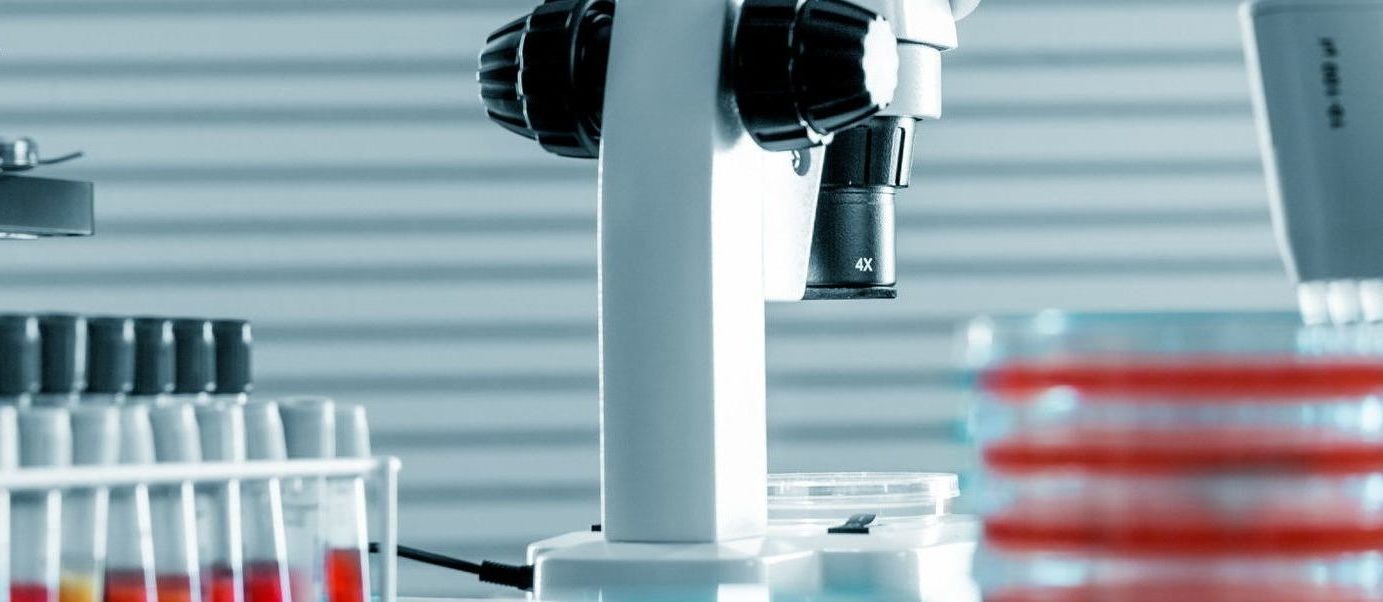The submission of good quality, highly cellular, well-labelled specimens together with a complete, concise and relevant history are paramount for an accurate cytological and histological interpretation.
Cytology samples
· Use microscope slides with frosted ends.
· Use PENCIL to label ALL slides with animal name and location of sampling (ink may wash off during staining).
· Label the slides NOT the slide carriers. This is especially important when multiple sites are sampled and sent to the laboratory.
· Rapidly drying the slides (using hair-drier or ‘waving’ in the air) after preparation results in superior cell preservation.
· When performing tracheal, bronchial and nasal washes make smears from the mucus that is found on the tube. Some washes contain very few cells and the mucus can be helpful for making a diagnosis .
· If staining one or more smears in-house, please also submit these with the unstained smears.
· Ensure formalin and cytological specimens are ‘bagged’ separately when submitted together to the laboratory. Formalin vapour will ‘fix’ unstained material and will severely adversely affect subsequent staining intensity and quality, and will often render the smears non-diagnostic.
· When submitting fluid samples, submission of in-house made smears, EDTA-containing fluid and fluid in a plain/sterile container is recommended. Culture cannot be carried out on EDTA fluid.
· Make smears at clinic; the cell morphology is almost always better than on samples sent to the laboratory.
· Do not refrigerate smears at any time as the condensation formed will lyse cells.
· Avoid artefact from glove powder, ultrasound gel, formalin, excessive squashing in your samples.
Tissue samples
· Ensure there is sufficient formalin in sample container to fix tissues i.e. 10x volume of tissue.
· Label sample container (and submission form) with site of biopsy and animal name.
· If the site identification is important for cases with multiple skin biopsies, clearly label all biopsies (put in separate sample containers); otherwise they can be put in one container.
· Keep microbiology samples in separate containers to prevent cross contamination.
History, History, History, History…
The importance of supplying a clear, concise and relevant history cannot be over emphasised. Together with good sample yield and cellular morphological preservation, the provision of adequate clinical information is a very important factor affecting the diagnosis. Although a diagnosis will be based on examination of the material provided, patient history and clinical information is often used to improve the likelihood of a successful diagnostic outcome.
If you have any questions please contact your local Gribbles Veterinary laboratory 0800 GRIBBLES.

